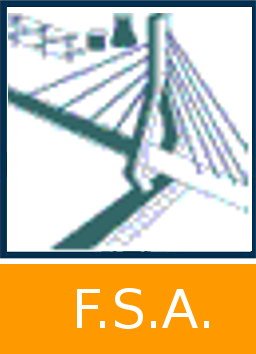Travail de fin d'études et stage[BR]- Travail de fin d'études : Fabrication and characterization of low-alloyed tool steel obtained by Selective Laser Melting[BR]- Stage d'insertion professionnelle
Filippi, Elena 
Promotor(s) :
Mertens, Anne 
Date of defense : 5-Sep-2022/6-Sep-2022 • Permalink : http://hdl.handle.net/2268.2/15926
Details
| Title : | Travail de fin d'études et stage[BR]- Travail de fin d'études : Fabrication and characterization of low-alloyed tool steel obtained by Selective Laser Melting[BR]- Stage d'insertion professionnelle |
| Translated title : | [fr] Fabrication et caractérisation d'un acier à outils faiblement allié obtenu par Selective Laser Melting |
| Author : | Filippi, Elena 
|
| Date of defense : | 5-Sep-2022/6-Sep-2022 |
| Advisor(s) : | Mertens, Anne 
|
| Committee's member(s) : | Saggionetto, Enrico 
Tchuindjang, Jérôme Tchoufack 
Habraken, Anne 
|
| Language : | English |
| Number of pages : | 95 |
| Keywords : | [en] Addivite Manufacturing [en] Selective Laser Melting [en] Tool Steels [en] Microstructural Characterization [en] Process map |
| Discipline(s) : | Engineering, computing & technology > Mechanical engineering |
| Target public : | Researchers Professionals of domain Student |
| Institution(s) : | Université de Liège, Liège, Belgique University of Padua, Padua, Italie |
| Degree: | Cours supplémentaires destinés aux étudiants d'échange (Erasmus, ...) |
| Faculty: | Master thesis of the Faculté des Sciences appliquées |
Abstract
[en] The present work explores the capability of fabbricating low-alloyed metal parts through the layer-by-layer Selective Laser Melting (SLM) technique. The alloy used was AISI S2, which is a carbide-free tool steel made of 0,49%wt of Carbon. Such kind of steels are not popular as for Additive Manufacturing process due to their unpromising welding properties. However, obtained results demonstrated the feasibility of printing fully dense, defects-free with good surface quality low-alloyed steels. A process map containing the optimum set of parameters for the realisation of the S2 metal parts will be presented. Indications for the use of the same process map in the situations of different process conditions or different manufactured steels will be provided as well. Later, the printed pieces were subject to microstructural investigation under their as-build and heat-treated conditions. The outcomes showed a epitaxial grain growth strongly influenced by the scan strategy. Moreover, the outermost top layer consisted of supersaturated martensite which was characterized in order to gain information about the prior microstructure which was present. Whereas the rest of the cross-sections of the as-built samples were found to have bands of tempered martensite at various degrees of tempering. The cause was related to the complex thermal history of the SLM process. In order to achieve all the results several unique techniques have been used such as reverse Differential Thermal Analysis, post-processing heat treatment and nanoindentation. The latters were used in less common ways to obtain a deeper knowledge of the microstructure of S2 metal parts printed through SLM technique, showing promising results.
File(s)
Document(s)
Cite this master thesis
The University of Liège does not guarantee the scientific quality of these students' works or the accuracy of all the information they contain.


 Master Thesis Online
Master Thesis Online



 All files (archive ZIP)
All files (archive ZIP) Elena Filippi TFE.pdf
Elena Filippi TFE.pdf

